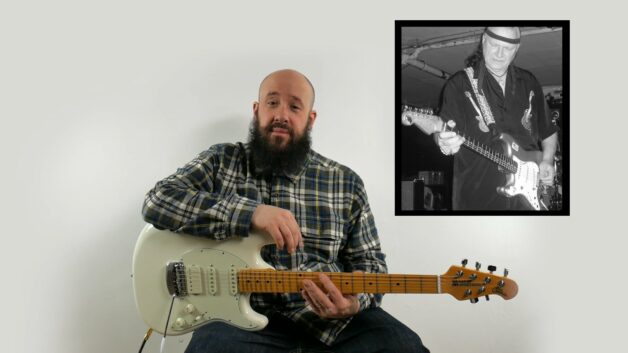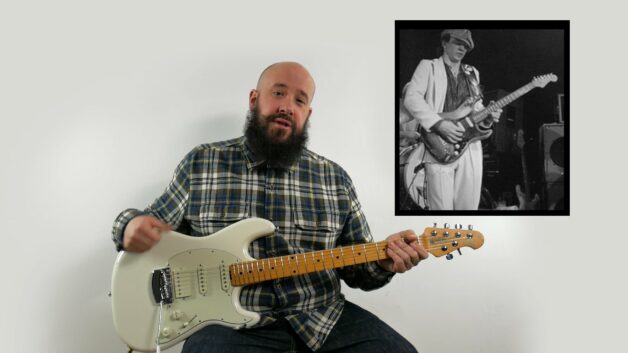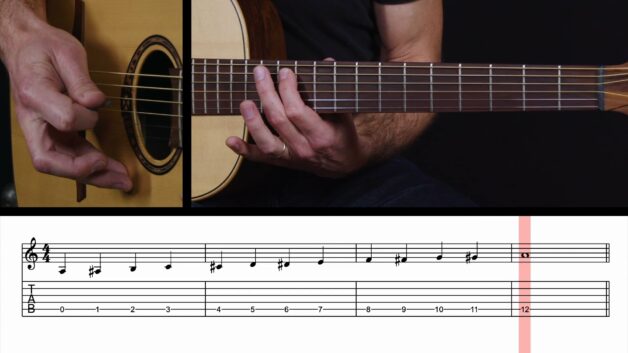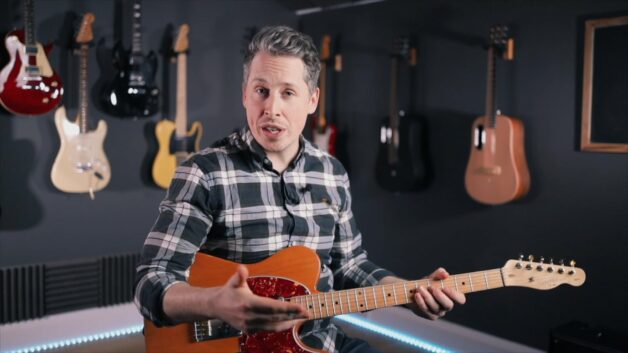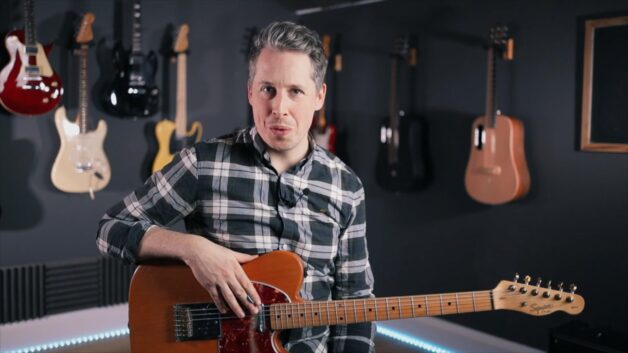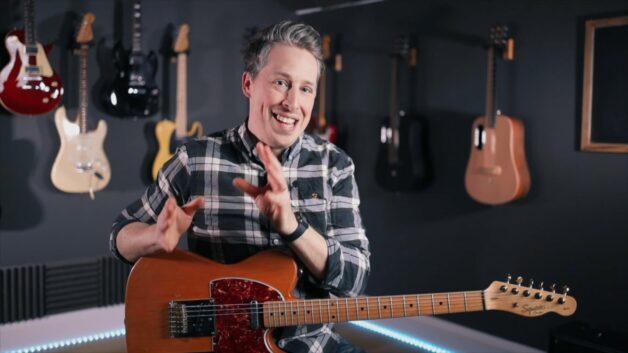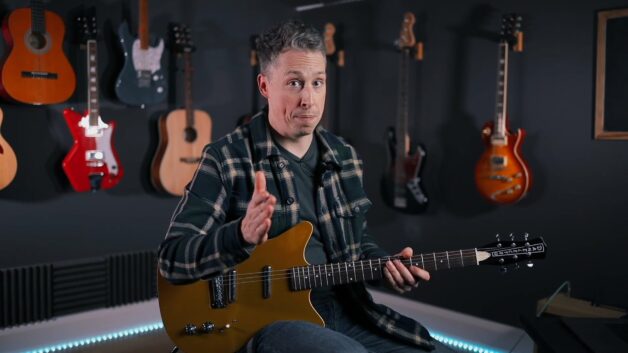How to Achieve the Dick Dale Guitar Sound: A Beginner’s Guide
Capturing the legendary Dick Dale guitar sound, famously known as the “King of Surf Guitar,” is often a challenge for beginners due to its distinct characteristics. Dick Dale’s tone, a blend of shimmering highs and robust lows, defined the surf rock genre in the early 1960s. This sound isn’t just iconic, it’s a great study for beginners looking to explore unique guitar techniques and equipment.
Key Takeaways
- Use specific guitar and pickup settings.
- Aim for a Fender-style amplifier sound.
- Carefully apply EQ to match Dale’s frequency profile.
- Authentic spring reverb is essential.
Choosing the Right Guitar Setup
To approximate the Dick Dale guitar sound, beginners often face the immediate challenge of equipment constraints. Dale famously played a Fender Stratocaster, particularly emphasizing the brightness of the bridge pickup. If a Stratocaster isn’t available, a common workaround involves using the middle pickup on guitars equipped with multiple pickups.
Here’s a quick tip: Avoid combining pickups, as this can produce an “out of phase” sound. Instead, isolate the middle or bridge pickup to achieve the clearest, most focused tone.
Dick Dale notably used thick guitar strings for added tension, enhancing his powerful and aggressive playing style. Beginners might initially find heavy-gauge strings tough on their fingers. To make practice manageable, consider using medium gauge strings as a compromise. Over time, your hands will build strength, preparing you for heavier strings and more authentic surf sounds.
Amp and Pedal Choices to Mimic Fender Character
Dick Dale famously played through the Fender Showman amplifier, prized for its deep lows and clear highs. Given that such vintage equipment might be impractical or expensive for beginners, using a pedal designed to emulate the Fender amp sound is a practical solution. For instance, the MXR GTO-D pedal set with zero gain provides tonal warmth and brightness reminiscent of Fender amplifiers. Adjusting the tone knob around two o’clock helps achieve that bright, piercing quality central to Dale’s style.
Shaping Your Tone – The Importance of EQ and Reverb
Surf guitar is heavily reliant on careful equalization (EQ), and beginners often underestimate its impact. Dick Dale’s signature sound featured boosted frequencies that highlighted the unique qualities of his amplifier and guitar setup. A common mistake beginners make is overly boosting high frequencies, which can result in an overly harsh tone.
Instead, aim for a more balanced EQ:
- Increase around 400 Hz to replicate Dale’s rich, low-end punch from the 15-inch speakers he famously used.
- Slightly boost around 800 Hz for that characteristic Fender-style midrange warmth.
- Significantly boost around 1.6 kHz for the distinctive bright tone typical of surf rock.
A quick historical side-note: early surf guitarists like Dick Dale didn’t have built-in reverb units in their amps. Instead, they relied on external Fender spring reverb units. Replicating this setup today requires a quality spring reverb pedal. The MXR Reverb pedal, set on the spring setting with the mix at noon and tone around two o’clock, captures Dale’s vibrant, surf-oriented atmosphere.
When starting out, carefully managing the reverb effect is key. Too much reverb, a common beginner error, can muddy your tone. Keep your reverb settings moderate at first, then gradually increase as you become more comfortable with the effect.
Putting It All Together
Experimenting with these settings will gradually lead you to the authentic Dick Dale sound. Start by practicing recognizable surf classics such as “Misirlou” or “Pipeline.” Paying attention to each tonal adjustment will deepen your understanding of surf guitar’s distinctive qualities. Ultimately, mastering the Dick Dale guitar sound will significantly enhance your skills and confidence as a guitarist.
